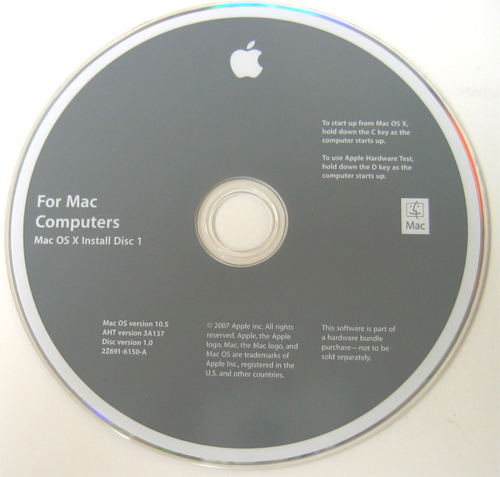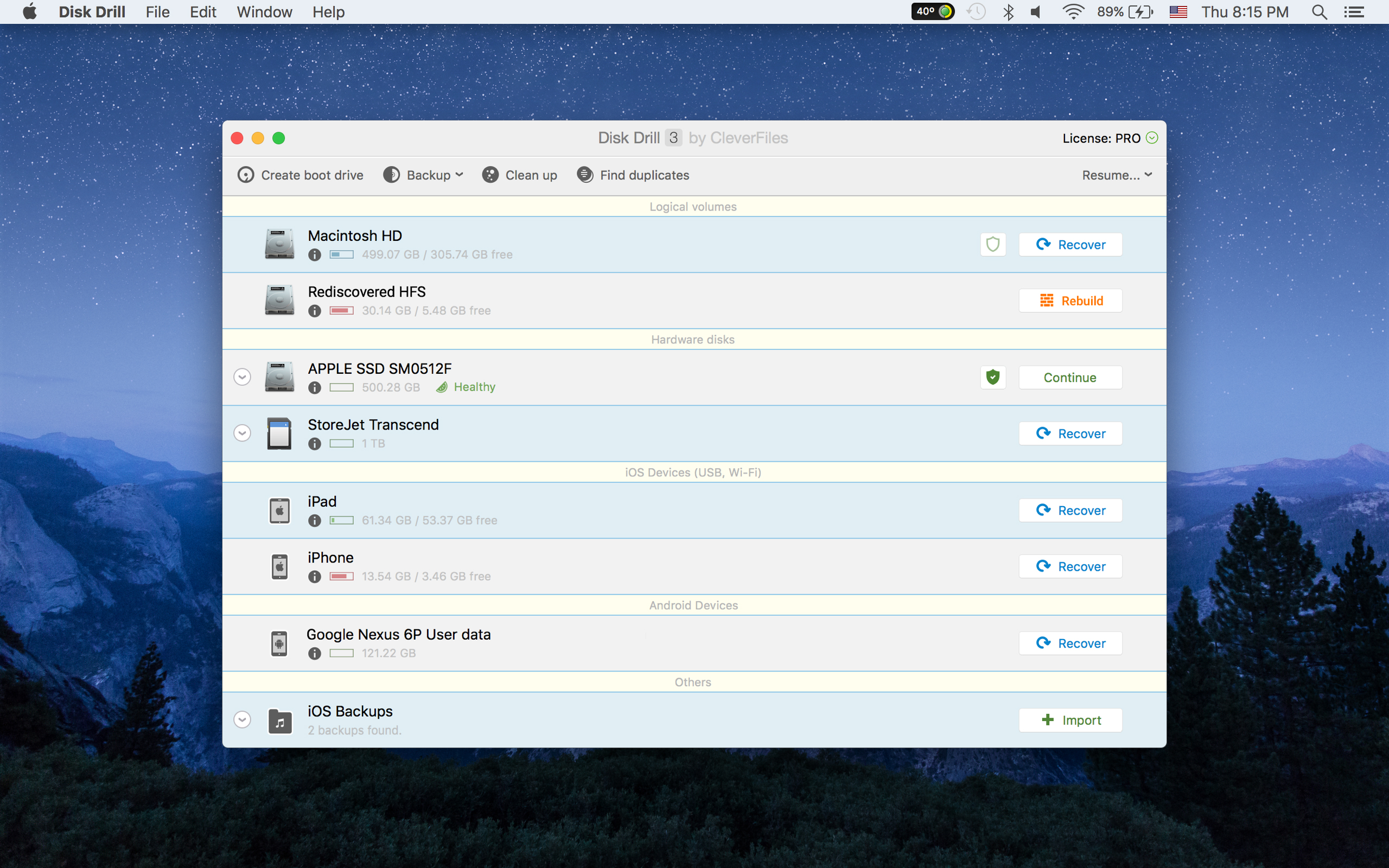Jun 08, 2020 • Filed to: Solve Mac Problems • Proven solutions
Disk Doctors Mac Data Recovery software recovers deleted and lost files from HFSX +, HFS file systems on Mac OS X. The software also supports Mac OS X 10.4.11 and above; while it is capable to recover data from USB drives, Firewire drives, hard drives and SD cards. Before we introduce the freeware for Mac OS X 10.6 data recovery, we would like to let you know what the free Mac OS X 10.6 data recovery software can do. Mac OS X 10.6 data recovery freeware is good at recovering lost data due to deletion, formatting, power failure, virus infection, volume loss etc. Disk Drill: The best data recovery software for Mac OS X. Recover deleted or lost data from any storage device, iOS and Android. Free scanning.
There is no doubt that Mac is one of the most robust computing devices on the planet. Despite of that, there will be times when you may lose your data on Mac due to any reason, such as:

- Accidental or unintentional deletion of an important file;
- Formatting hard disk partitions;
- Interrupted copy-paste operations;
- Closing Mac account without saving data;
These are just a few of the many reasons as to why you may need a data recovery software for Mac OS X. Let us now move on to the top 5 data recovery softwares for Mac OS X in the market.
1. Recoverit for Mac
When it comes to a professional data recovery software for Mac OS X, then Recoverit for Mac is one of the best in the market. With a simplistic interface, high degree of functionality and stellar customer support, it is one of the top choices of most of the Mac users.
Features:
- It recognizes over 1000 different file types.
- Recoverit can be used to find various deleted, lost, formatted or corrupted data from Mac partitions, hard drives or the trash bin due to a range of reasons on your Mac.
- The Wizard Recovery Mode guides users along with the entire process, which is great for the novice of data recovery softwares.
- It lets you preview files before recovery.
- Allows you to rescue data from Macbook, iPod, Mac desktop, usb drives, digital cameras, mobile phones and other storage media.
- Recoverit only reads and recovers data without leaking or modifying them, 100% safe.
Advantages:
- It has a simple and highly functional UI.
- It supports almost every major file-type.
- Files can be recovered with all their original file names and structures.

Mac Os Recovery Disk Image
Disadvantages:
- Scanning large drives takes up a lot of time.
- Options like Raw File Recovery may be hard for beginners to understand and use.
2. Disk Drill for Mac
Another great data recovery software for Mac OS X is Disk Drill. It works seamlessly with OS X, and offers you a range of features to make the recovery of deleted or lost files and even complete partitions an easy process on your Mac PCs.
Features:

- It can recover data from Mac's internal hard drive, external memory devices and even phones & cameras.
- It is not just a data recovery tool, but can also be used to protect and maintain your hard drive with a range of other functionalities.
- Disk Drill data recovery software for Mac supports almost all major file formats.
- You can save a particular session of Disk Drill data recovery process and resume it later as per your convenience.
Advantages:
- It is easy for beginners, and they just need to go through the steps once to understand the process.
- It lets users preview files before they are recovered.
- Disk Drill offers a range of functions to ease recovery and prevent such situations in the future.
Disadvantages:
- Scanning the hard drive in Disk Drill takes a long time, even for drives that are not very large.
- The interface is far too complicated and cluttered for a novice user.
3. Tenorshare Any Data Recovery
Tenorshare Any Data Recovery software for Mac is a versatile and effective way to get back your lost files on Mac. You can use Tenorshare to get back your data not just from your Mac, but also any hard drive, memory card, camera or storage device that is connected to it.
Features:
- It supports not just media and email files, but also archives, documents and a lot more.
- You can recover specific files as per your own criteria.
- Any files that you recover can be previewed and checked before going ahead with the entire process.
Advantages:
- With Tenorshare Any Data Recovery, you can filter search results to find the desired files as quickly as possible.
- Unlike other Mac data recovery software, it lets you specify the criteria before searching so as to increase the scanning time.
- Tenorshare supports almost all major file types and formats.
Disadvantages:
- Using it is not as simple, especially for beginners.
- Making use of its advanced features will require some special knowledge.
4. Data Rescue 4
Mac Os Recovery Disk
Data Rescue 4 is one of the most trusted of data recovery software for Mac OS X in the market. With great customer reviews, recommendations from some popular blogs and a wide range of features, Data Rescue 4 is another option that you can consider if you want to recover lost files from Mac quickly and without too much trouble.
Features:
- It can recover data from hard drives that have corrupted, crashed or do not mount anymore.
- Any files lost due to deleted Operating Systems, formatting or damaged file systems can be found using it.
- Data Rescue 4 works great with Mac OS X 10.7.5 and later versions.
- Apart from recovering data, it can also be used to make the Mac hard drive more efficient.
Advantages:
- It ensures maximum chances of recovery no matter how the files were lost or deleted.
- It can recover the entire drive or specific parts of it as per your requirement.
- HFS/HFS+ formatted drive recovery can be done through it.
Disadvantages:
- It is a little complicated for beginners.
- There are different licenses that you need to purchase depending on how much data you are going to recover.
5. Do Your Data Recovery for Mac Free
Do Your Data Recovery for Mac free is another popular data recovery software for Mac OS X that has a large user base, primarily because of its user-friendly interface as well as the efficiency of the recovery algorithms that it employs. While it may be tough to state as the best Mac data recovery software, this is one that you must check out before making a choice.
Features:
- Data can be recovered from Mac's internal hard disk, any external memory devices or cameras that are connected to Mac;
- Lifetime technical support is given to all customers;
- This data recovery software for Mac is available for both personal an business users;
Advantages:
- It can recover data that has been deleted, formatted or inaccessible.
- Any pictures, documents or files that you are trying to recover can be previewed before recovery.
- It supports all major file formats and extensions.
Disadvantages:
- The recovery process is not guaranteed, and it may not be able to find certain files.
- There is a limit to the data that you can recover with it.
These are some of the best data recovery softwares for Mac OS X that you can consider. While these all may appear to be great options, you should only go for Recoverit Mac data recovery software that provides you with the requisite support, is trusted by consumers and has the features that you need to get back your files on Mac.
What's Wrong with Mac
- Recover Your Mac
- Fix Your Mac
- Delete Your Mac
- Learn Mac Hacks
macOS Recovery is part of the built-in recovery system of your Mac. You can start up from macOS Recovery and use its utilities to recover from certain software issues or take other actions on your Mac.
How to start up from macOS Recovery
- Turn on your Mac and immediately press and hold these two keys: Command (⌘) and R. Need help?
- Release the keys when you see an Apple logo, spinning globe, or other startup screen.
- You might be prompted to enter a password, such as a firmware password or the password of a user who is an administrator of this Mac. Enter the requested password to continue.
- Startup is complete when you see the utilities window:
- After starting up from macOS Recovery, select a utility, then click Continue:
- Restore From Time Machine Backup:Restore your Mac from a Time Machine backup.
- Reinstall macOS: Download and reinstall the Mac operating system.
- Get Help Online: Use Safari to browse the web and find help for your Mac. Links to Apple's support website are included. Browser plug-ins and extensions are disabled.
- Disk Utility: Use Disk Utility to repair your disk or erase your disk or other storage device.
Additional utilities are available from the Utilities menu in the menu bar: Startup Security Utility (or Firmware Password Utility), Network Utility, and Terminal.
- To quit macOS Recovery, choose Restart or Shut Down from the Apple menu . If you want to choose a different startup disk before quitting, choose Startup Disk from the Apple menu.
If you can't start up from macOS Recovery
If your Mac can't start up from its built-in macOS Recovery system, it might try to start up from macOS Recovery over the Internet. When that happens, you see a spinning globe instead of an Apple logo during startup:
To manually start up from Internet Recovery, press and hold either of these key combinations at startup:
- Option-Command-R
- Shift-Option-Command-R
Learn more
If startup from Internet Recovery is unsuccessful, you see a globe with an alert symbol (exclamation point):
In that case, try these solutions:
- Make sure that your Mac can connect to the Internet. If you're not prompted to choose a Wi-Fi network during startup, move your pointer to the top of the screen, then choose a network from the Wi-Fi menu , if available.
- Press Command-R at startup to try using the built-in Recovery system instead of Internet Recovery.
- Connect to the Internet using Ethernet instead of Wi-Fi, or vice versa.
- Connect to the Internet from a different Wi-Fi or Ethernet network. Your network configuration might not allow the Internet access that macOS Recovery needs.
- Try again later, because the issue might be temporary.
- Start up from another disk or volume, if available, or use a bootable installer to reinstall macOS.
If you still need help, please contact Apple Support.